
Musa X paradisiaca True Fruit Banana 50 seeds Garden & Outdoor
Musa paradisiaca is the first Linnean name given to a banana and is therefore technically the "type species" for the genus Musa 1 . The name was coined by Carl Linnaeus, the father of modern taxonomy, who borrowed the name for the genus from Georg Eberhard Rumphius 2 .

Bananas, Musa X paradisiaca L Stock Photo, Royalty Free Image 103145748 Alamy
Looking For Musa X Paradisiaca? We Have Almost Everything On eBay. But Did You Check eBay? Check Out Musa X Paradisiaca On eBay.

Royalty Free Image Musa Paradisiaca fruit by
Musa × paradisiaca L. First published in Sp. Pl.: 1043 (1753) This hybrid is accepted The native range of this hybrid is Malesia. It is a herbaceous tree and grows primarily in the wet tropical biome. The hybrid formula is M. acuminata × M. balbisiana. It is used as animal food, a medicine and invertebrate food, has environmental uses and.
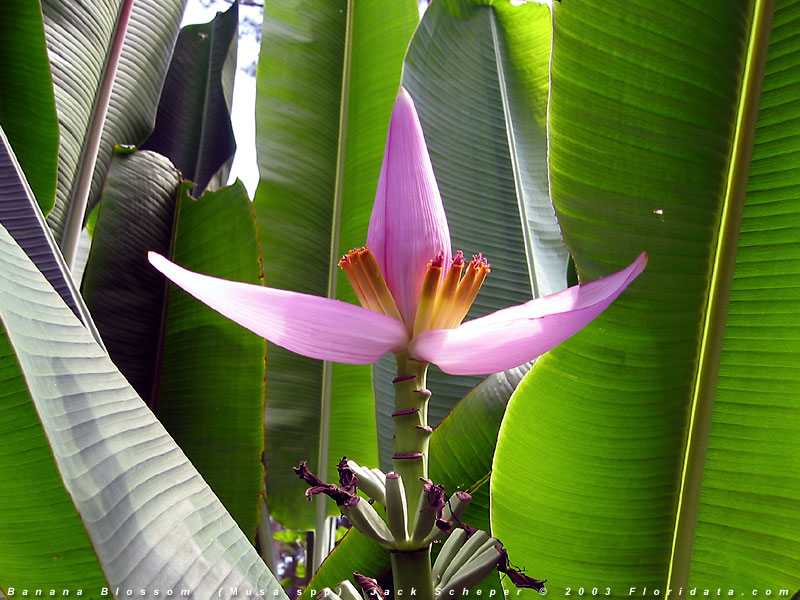
Musa x paradisiaca
Also the Arabic name for the fruit, perhaps after Prophet Musa (Moses). Musa x paradisiaca form named by Linnaeus in relation to the Qu'ran's reference to banana as the "Tree of Paradise". Ethnobotanical Uses: Edible Plant Parts : Edible Fruits Food (Fruit & Vegetable) Others: Ripe fruits can be separated from one another and eaten individually.
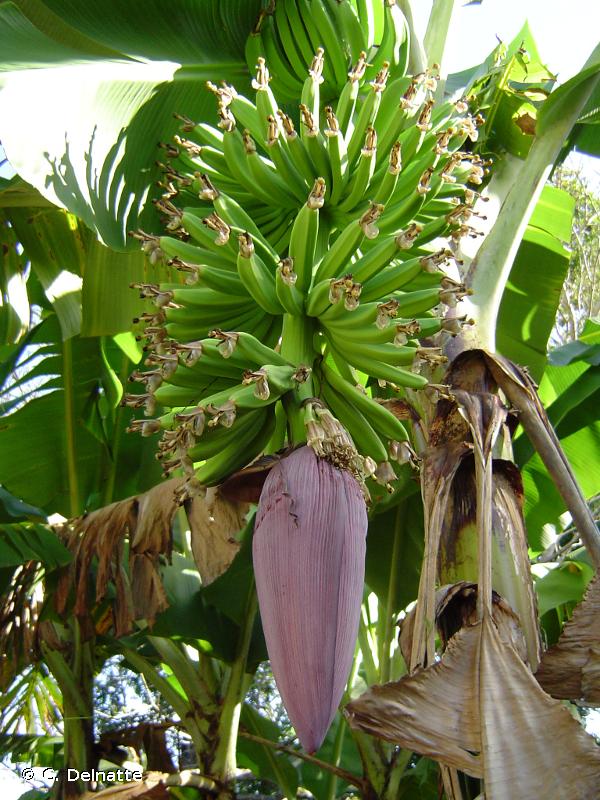
Musa x paradisiaca L., 1753 BananierVoir la taxonomie
Plantains ( Musa x paradisiaca) are a member of the banana family. They are a major food staple in Africa, and they also form part of the diet in Latin America. Unlike bananas, people usually.
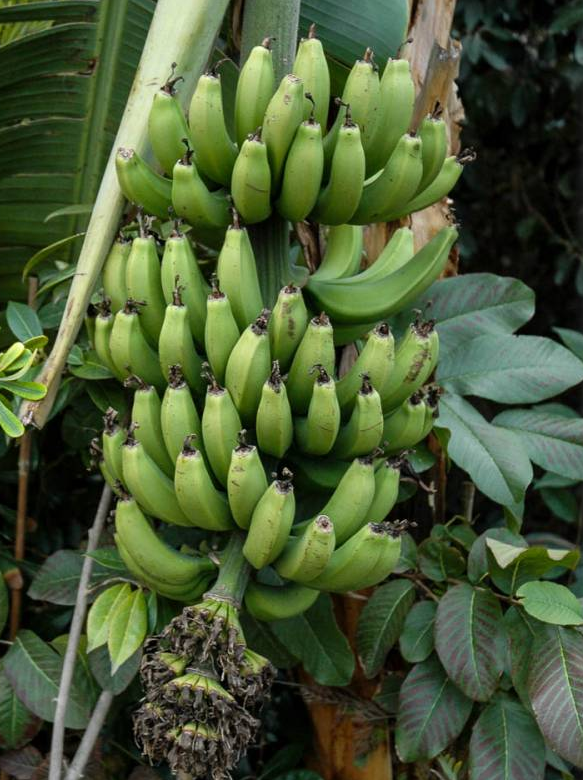
Musa x paradisiaca
Info Species x paradisiaca (par-uh-DIS-ee-uh-ka) Info Synonym Sun Exposure Light Shade Foliage Grown for foliage Good Fall Color Height 12-15 ft. (3.6-4.7 m) Spacing 4-6 ft. (1.2-1.8 m) Hardiness USDA Zone 10a: to -1.1 °C (30 °F) USDA Zone 10b: to 1.7 °C (35 °F) USDA Zone 11: above 4.5 °C (40 °F) Danger N/A Bloom Color Fuchsia (red-purple)
musa paradisiaca
The Variegated Banana Tree or Musa x paradisiaca "Ae Ae" is a highly sought-after, hybrid banana plant. Known for its white-striped variegated foliage, trunk, and fruit.
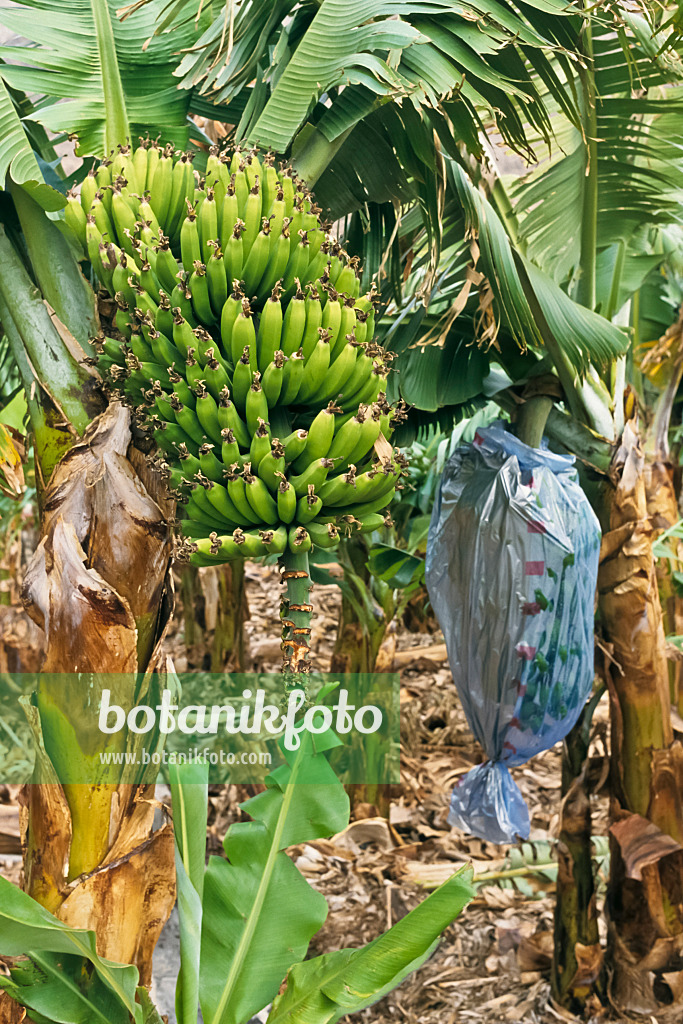
Bild Banane (Musa x paradisiaca) 363024 Bilder von Pflanzen und Gärten botanikfoto
This datasheet on Musa x paradisiaca covers Identity, Distribution, Further Information. Get full access to this article View all available purchase options and get full access to this article.
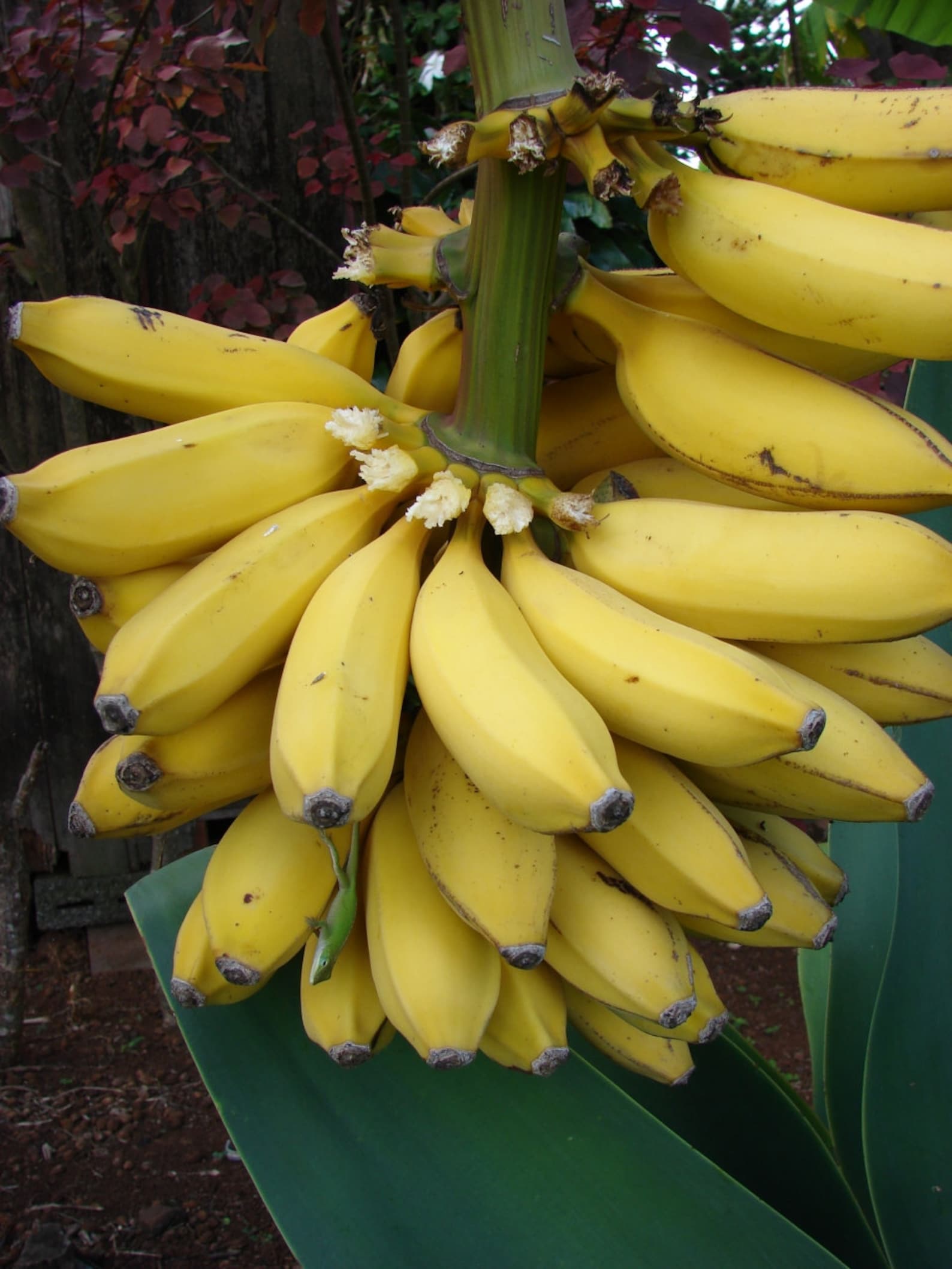
MUSA x PARADISIACA Banana 10 Seeds Etsy
National Tropical Botanical Garden | Musa ×paradisiaca - Plant Detail - Tropical Plants Database Taxonomy › Medicinal Uses › Practices › Geographic Distribution › Edible › The National Tropical Botanical garden is dedicated to preserving tropical plant diversity and stemming the tide of extinction - through plant exploration,.
.jpg)
FileRoyal Variegated Banana (Musa x paradisiaca 'Ae Ae').jpg Wikimedia Commons
Musa x paradisiaca is a herbaceous perennial tree cultivated in warm climates and known for its production of bananas. The flower extract from Musa x paradisiaca is known for its medicinal properties. Refer and Earn Banana Flower is most often used for Cardiovascular Health and Gut Health. Researched by : Kamal Patel, MPH, MBA

Photo 4413 Musa x paradisiaca 'Ae Ae' plant lust
Perennial wildflowers re-grow each season from overwinter root material. Any of various plants that have the vascular tissues xylem and phloem. The vascular plants include all seed-bearing plants (the gymnosperms and angiosperms) and the pteridophytes (including the ferns, lycophytes, and horsetails).
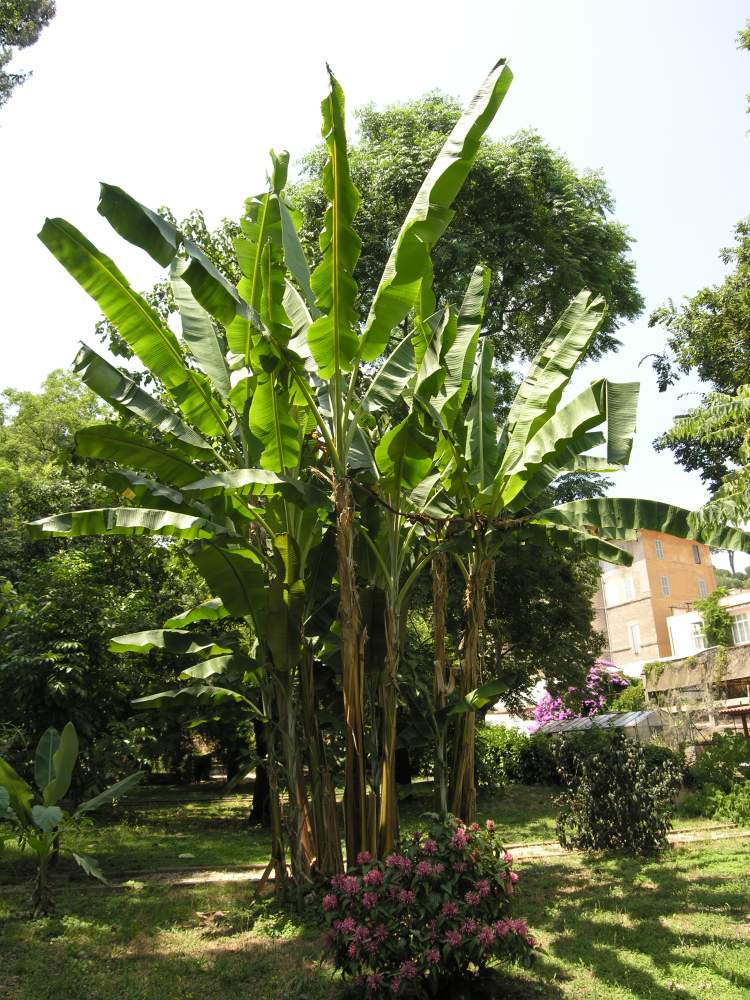
Opiniones de Musa × paradisiaca
Musa × paradisiaca is the accepted name for the hybrid between Musa acuminata and Musa balbisiana. Most cultivated bananas and plantains are triploid cultivars either of this hybrid or of M. acuminata alone.

Musa x paradisiaca UF/IFAS Assessment University of Florida, Institute of Food and
Summary Banana (Musa x paradisiaca), a hybrid between Musa acuminata and Musa balbisiana, is a perennial, herbaceous plant growing about 8 m in height. It is a staple food with a wide range of medicinal and other uses. The fruits can be eaten raw or cooked. Male inflorescences are used as ingredient in curries.

Musa paradisiaca (Musaceae) image 115569 at PhytoImages.siu.edu
Musa × paradisiaca ( M. acuminata × M. balbisiana) is a sterile triploid that is cultivated in warm climates for its tasty yellow-skinned fruit (bananas). It is commonly called edible banana or French plantain. Many cultivars are available in commerce, ranging in height from 7' to 25' tall.

MY PLANT FINDER Plant Guide Musa x paradisiaca
Musa x paradisiaca L. (Musaceae). Banana . Bananas and plantains are the fourth most important food staple in the world; about 100 million tonnes are consumed annually and more than half a billion people depend on plantains. They are also one of the top ten most-traded agricultural commodities.
musa paradisiaca
Musa x Paradisiaca 'Ae Ae', also known as the variegated banana plant, Royal Hawaiian, Sacred Banana, Koae, and Manini, is a tropical perennial tree that is indigenous to the Hawaiian islands. They get their name from their gorgeous white variegated & green striped leaves which can grow up to 2 feet in length.